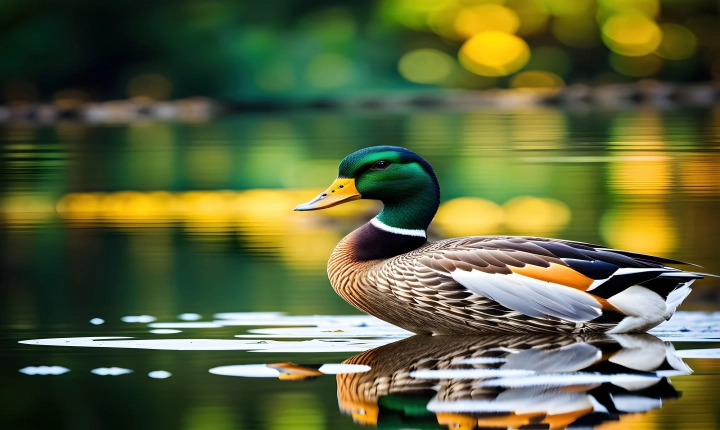Title: The Fascinating World of AI-Generated Images
Artificial intelligence (AI) has taken massive strides in recent years, and one of its most intriguing applications is the creation of images. AI-generated images have been making waves in various fields, from art and design to advertising and entertainment. But how exactly does AI bring these images to life, and what are the implications of this groundbreaking technology?
The process of creating AI-generated images begins with the use of generative adversarial networks (GANs), a type of machine learning algorithm. GANs consist of two neural networks, the generator and the discriminator, which work together to produce realistic and high-quality images. The generator creates images from scratch using random noise as a starting point, while the discriminator evaluates the generated images and provides feedback to the generator. Through a process of continuous refinement, the generator learns to produce increasingly convincing images.
One of the key strengths of AI-generated images is their ability to replicate and even enhance existing visual styles. For example, AI can be trained on a dataset of paintings from a specific art movement, such as Impressionism or Surrealism, and then create new images that closely resemble the works of the original artists. This capacity for style transfer has unleashed a wave of creativity, allowing artists and designers to explore new visual possibilities and push the boundaries of traditional aesthetics.
Moreover, AI-generated images have proven to be highly adaptable to different contexts and purposes. In the realm of advertising and marketing, AI can assist in generating custom visuals tailored to specific target audiences, helping brands enhance their visual identity and communicate more effectively with consumers. In filmmaking and video game development, AI-generated images can be used to create realistic environments, characters, and special effects, reducing the time and resources required for traditional hand-crafted animation and rendering.
However, the rise of AI-generated images also raises ethical and philosophical questions. As AI continues to improve at replicating human creativity, it challenges our understanding of originality and authorship. Who owns the rights to an AI-generated image? Can AI be considered an artist in its own right? Furthermore, as AI becomes more proficient at mimicking human artistic styles, it begs the question of whether it will eventually replace human artists and designers, leading to concerns about the future of creative professions.
Despite these concerns, the potential of AI-generated images to inspire and innovate is undeniably exciting. The technology offers unlimited possibilities for visual expression, enabling creators to explore new artistic frontiers and expand the horizon of what is visually achievable. Whether it’s generating avant-garde artworks, designing cutting-edge interfaces, or bringing fantastical worlds to life, AI has emerged as a powerful ally in the realm of image creation, sparking a renaissance of creativity and imagination.
In conclusion, the emergence of AI-generated images represents a paradigm shift in the creative landscape, offering both opportunities and challenges. As AI continues to evolve, it is essential for society to engage in discussions about the implications and ethical considerations of this technology. By embracing the potential of AI-generated images while remaining mindful of its impact, we can harness its transformative power to enrich and diversify the visual culture of the future.
